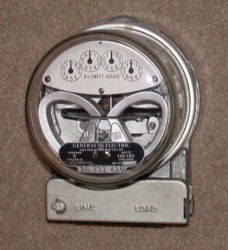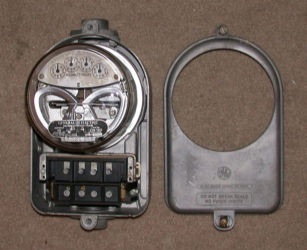p51
One Too Many
- Messages
- 1,119
- Location
- Well behind the front lines!
What would electric meters on the side of houses look like in the WW2 era or earlier? I did a lot of looking onlike but can't find a photo of any house back then showing what the electric meter on a house back then would look like.
I'm in the process of getting ready to make some power poles for my in-progress model RR layout and I want to get the meters on the structures looking as they should for 1943.
I'm in the process of getting ready to make some power poles for my in-progress model RR layout and I want to get the meters on the structures looking as they should for 1943.






